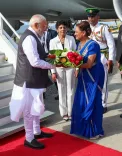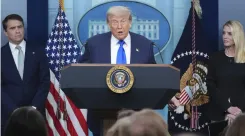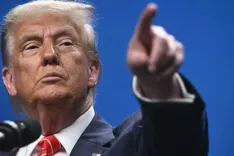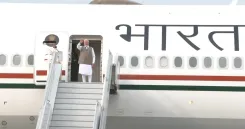What Does the Geneva Exhibition Reveal About 'Gross Human Rights Violations' in Bangladesh?
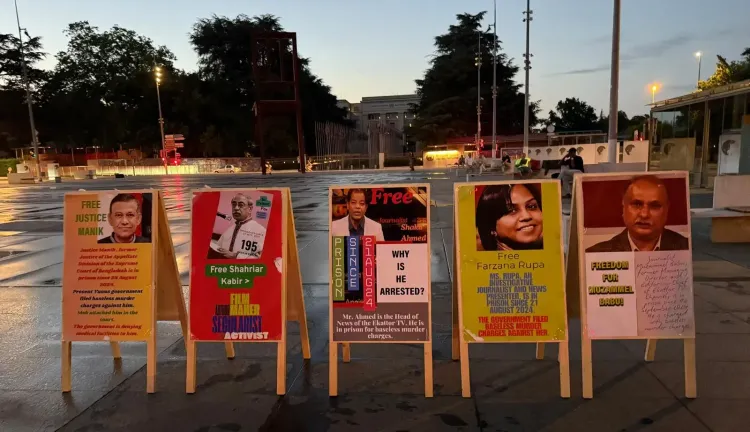
Synopsis
Key Takeaways
- Highlighting ongoing human rights violations
- Raising global awareness on minority oppression
- Addressing suppression of freedom of the press
- Demanding accountability for human rights abuses
- Encouraging international dialogue on Bangladesh's situation
Geneva, July 3 (NationPress) An exhibition showcasing the ongoing "gross human rights violations" in Bangladesh, including the detention of prominent Hindu leader Chinmoy Krishna Das, under the current regime of Muhammad Yunus, concluded at the United Nations in Geneva during the regular session of the 59th Human Rights Commission.
The event was organized jointly by Geneva-based human rights organization International Forum for Secular Bangladesh, Bangladesh Minority Alliance (Switzerland Chapter), and Tumuku Development and Cultural Union over a span of three days during the UNHRC session.
The exhibition aimed to spotlight the "current crimes against humanity and gross human rights violations in Bangladesh", as clarified by the organizers.
According to Sajeeb Wazed, son of former Prime Minister Sheikh Hasina, "A total of 30 posters depicting the gross human rights violations of the current Muhammad Yunus regime over the past 10 months were displayed in the exhibition."
Wazed noted that a significant number of foreign diplomats, thousands of NGO workers, and hundreds of human rights activists who attended the human rights session expressed their deep emotions after witnessing the distressing visuals presented in the posters.
Rahman Khalilur Mamun, a Geneva-based human rights activist and organizer of the exhibition, mentioned that the images were categorized into five distinct sections to raise global awareness regarding the prevailing human rights conditions in Bangladesh.
The categories encompassed communal violence and minority oppression in Bangladesh; freedom of the press; suppression of voices and journalistic oppression; demands for the unconditional release of Chinmoy Das Prabhu; mob terrorism and sexual abuse of women and children; and, Sheikh Hasina, the world conscience - mother of humanity.
Fazlur Rahman Afridi, a leader from the Pashtun community and human rights activist, remarked, "Yunus has tarnished the Nobel Peace Prize by endorsing such a demonic flow of events. Forming a world opinion on such egregious human rights violations is vital."
The forum reported that Sylvain Thevot, General Secretary of the Swiss Socialist Party in Geneva, also expressed sympathy for all victims of mob violence and raised concerns about the situation in Bangladesh under Yunus's leadership. Thevot indicated he would bring up his concerns during his party's forum meeting.
Claudia Wadlich, a leader of a German-based human rights organization, similarly expressed her sorrow regarding the current state of affairs in Bangladesh.
The exhibition prominently highlighted issues such as escalating mob violence, human rights abuses, persecution of minorities, torture of innocent political prisoners, bans on political parties, and restrictions on press freedom and expression in Bangladesh.
The forum noted that numerous human rights activists and diplomats commented on the ongoing persecution of minorities and human rights atrocities in Bangladesh, emphasizing that the current Yunus-led interim government is steering the nation towards a "dysfunctional failed state and civil war due to increasing terrorist policies."

